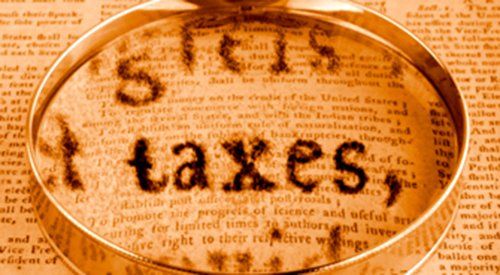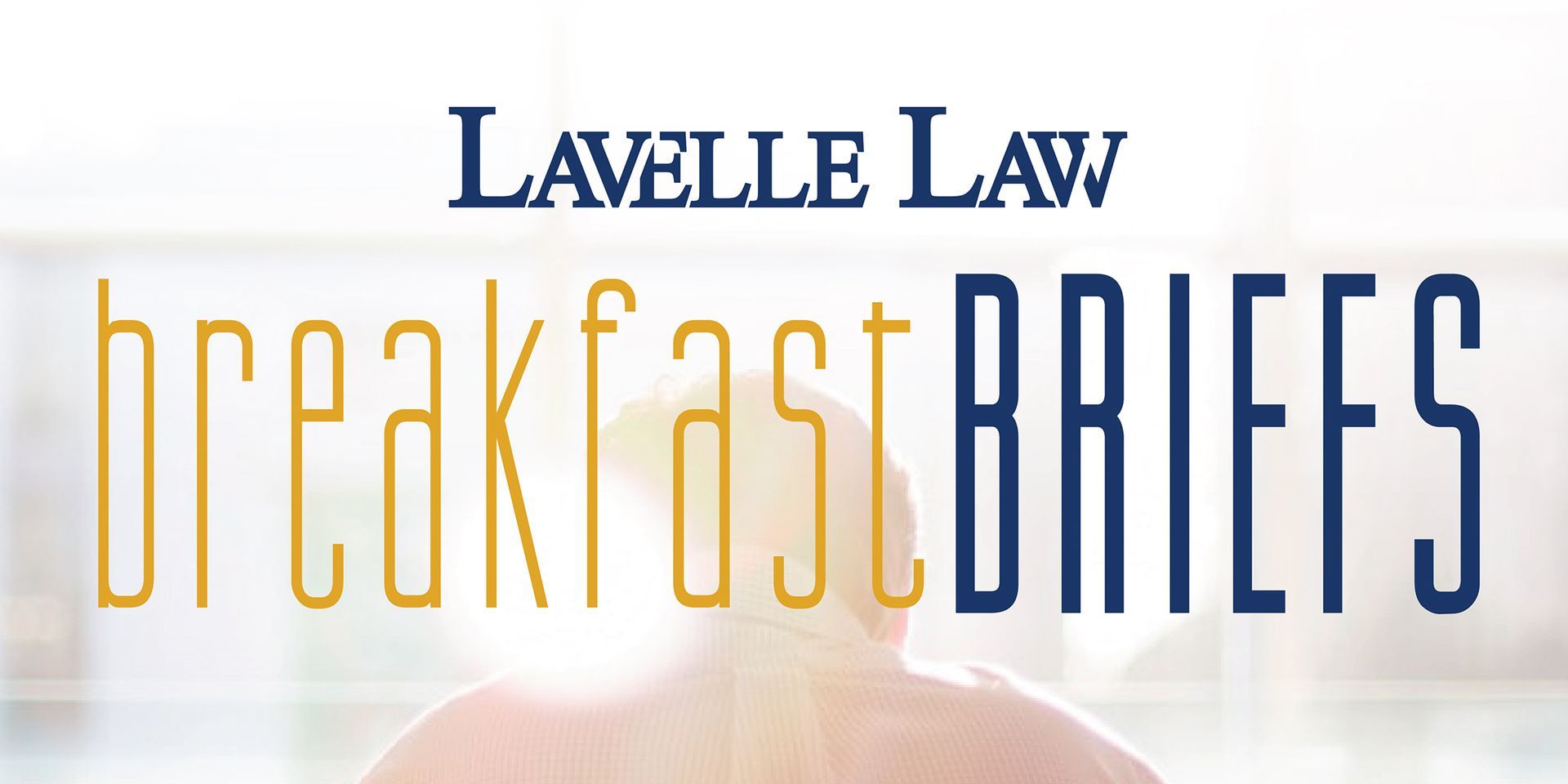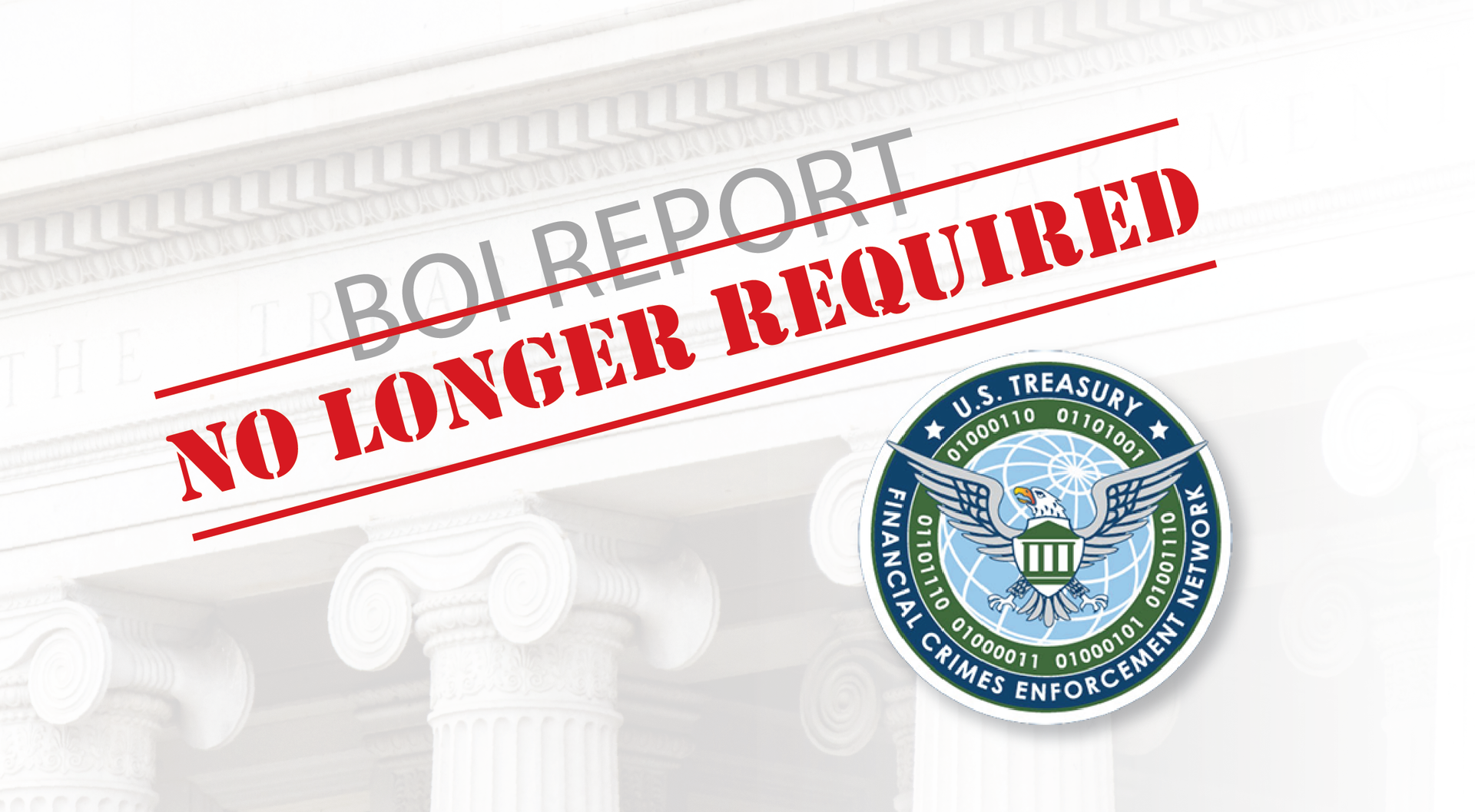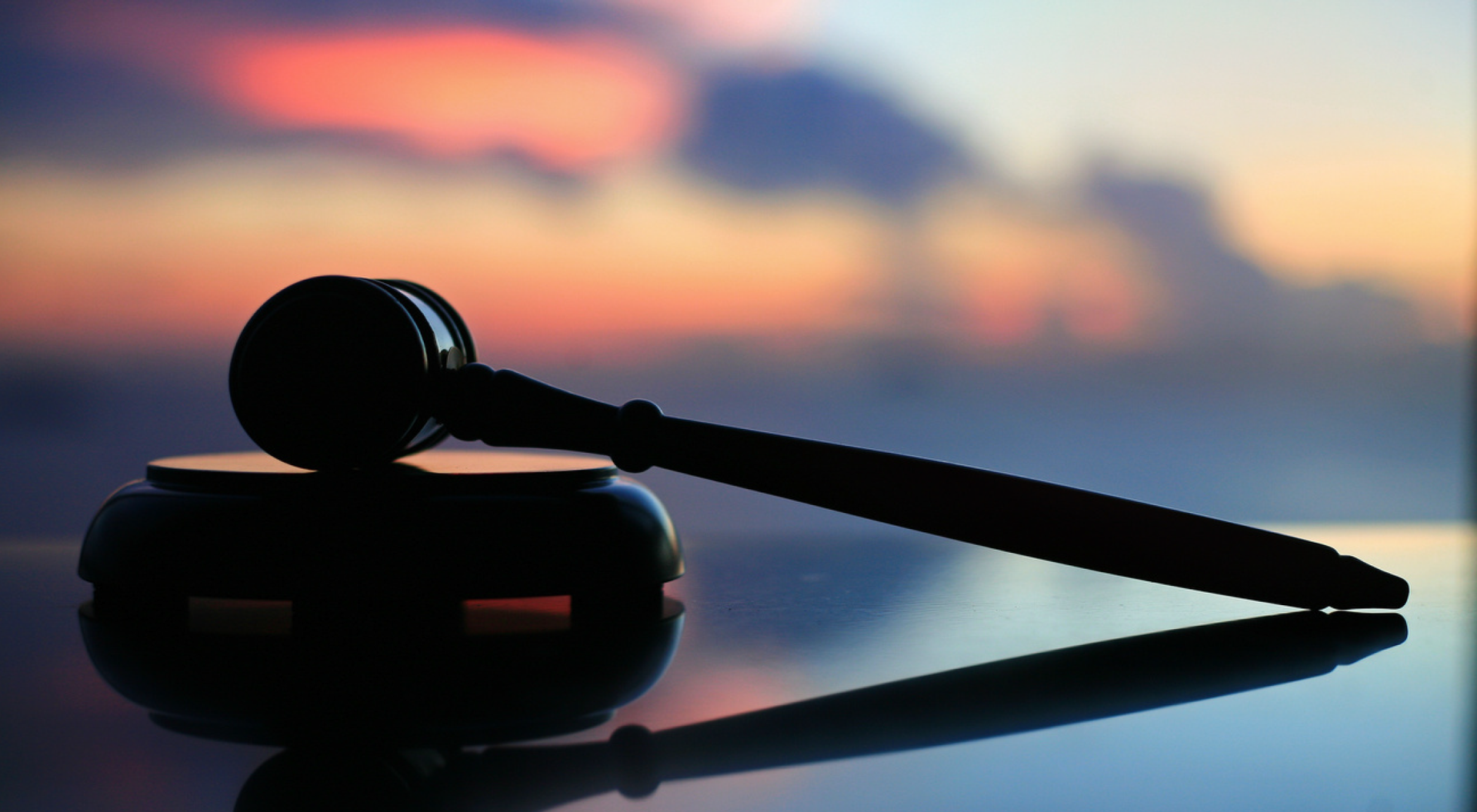Banking and Business Monthly – January 2021
PPP Loan Redux
The U.S. Small Business Administration (SBA) just re-opened the Paycheck Protection Program (PPP) loans for new borrowers and qualified existing borrowers in the form of second draws. The SBA is authorized to issue up to $284 billion to be used for payroll and certain other expenses through March 31, 2021. Below is a summary of key features and some guidance items:
1. ELIGIBILITY
- For first-time applicants, most of the original rules apply. More groups are now eligible because of the recent stimulus bill, including nonprofits, local newspapers, TV and radio broadcasters, and local chambers of commerce.
- The rules are more strict for borrowers seeking second draws. The second loans are limited to those borrowers with fewer than 300 employees that have seen drops of at least 25% of their revenue during the first, second or third quarter of 2020. They must also show that they used all of the money from the first loan in allowable ways. Publicly traded companies, political lobbyists and members of Congress are barred from receiving a second loan. It would also reduce the amount a borrower can receive from $10 million to $2 million.
2. AMOUNT
- First-time borrowers are eligible for 2.5 times their average monthly payroll cost, up to $10 million. For sole proprietors, the calculation is different. They can borrow 2.5 times the monthly profit they reported on Schedule C in their 2019 federal income tax returns.
- The SBA and Treasury recently issued a 12-page document detailing calculation processes and required documentation for first-draw PPP loans by business type.
- Loans for second-time borrowers are capped at $2 million. Food services and lodging businesses, such as restaurants and hotels, can get loans of 3.5 times their average monthly payroll, but the $2 million cap still applies.
- The SBA and Treasury recently issued an 18-page document detailing how borrowers should calculate revenue reduction and maximum loan amounts for second-draw PPP loans.
3. ELIGIBLE EXPENSES
- At least 60% of the loan must be used to pay workers, and the rest must be spent on qualifying expenses. Borrowers can choose how much time they want to spend the money, as long as it is between 8 and 24 weeks.
- The other 40% can go toward rent, utilities, mortgage interest payments, and other expenses. The recent stimulus bill expanded this list to include property damage costs not covered by insurance and worker protection expenses.
4. PAPERWORK REQUIRED
- Exact requirements vary by lender, but applicants will generally need copies of their payroll records. Many lenders will also request an applicant’s 2019 tax return and organizational documents like articles of incorporation.
- Those seeking second loans will need records showing that their sales dropped at least 25% in one quarter last year. Lenders are not required to collect that proof before making a loan under $150,000, but they must get it before the loan is eligible to be forgiven. Most lenders however likely will ask for it during the application process.
For more information, review the SBA’s website at https://www.sba.gov/funding-programs/loans/coronavirus-relief-options/paycheck-protection-program. If you would like our assistance with your PPP loan and subsequent forgiveness applications, check out our special promotion at https://conta.cc/2XyetHR.
If you have any questions about this article, please contact Steve at smigala@lavellelaw.com or 847-705-7555.
More News & Resources
Lavelle Law News and Events












